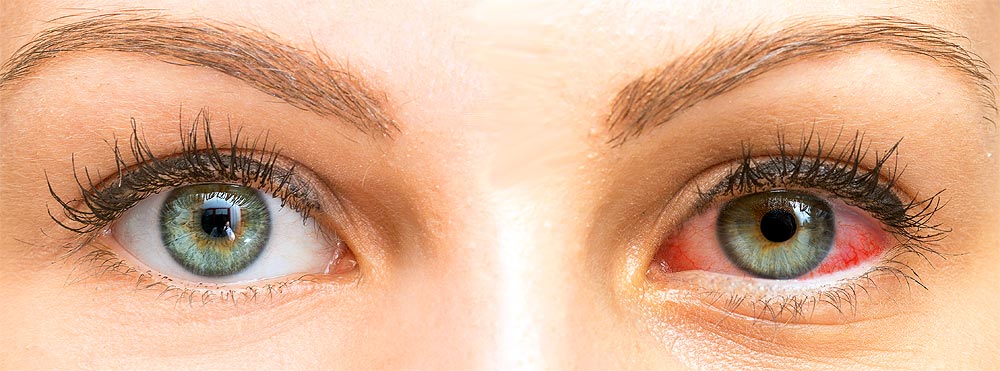What is a Dry Eye?
Many times in our lifetime, we will experience a "foreign body sensation" in our eye. That usually happens if the wind blows dust, an allergen or a foreign body into our eye or under an eyelid. This should not be dismissed as just an uncomfortable feeling. It needs to be remedied. It cannot be allowed to linger or fester.
For many, the feeling of grittiness, dryness, burning or stinging or even excessive tearing cannot be relieved simply, or with over the counter methods. It may be the sign of a chronic condition known as dry eye syndrome. Yes, even tearing eyes are a sign of dry eye.

The tears your eyes produce are necessary for overall eye health and clear vision. Dry eye means that your eyes do not produce enough tears or that you produce tears that do not have the proper chemical composition. Dry eye is more common as we age. It can also be caused by blinking or eyelid problems, medications like antihistamines, oral contraceptives and antidepressants, a dry climate, wind and dust, general health problems like arthritis or Sjogren's syndrome and chemical or thermal burns to your eyes.